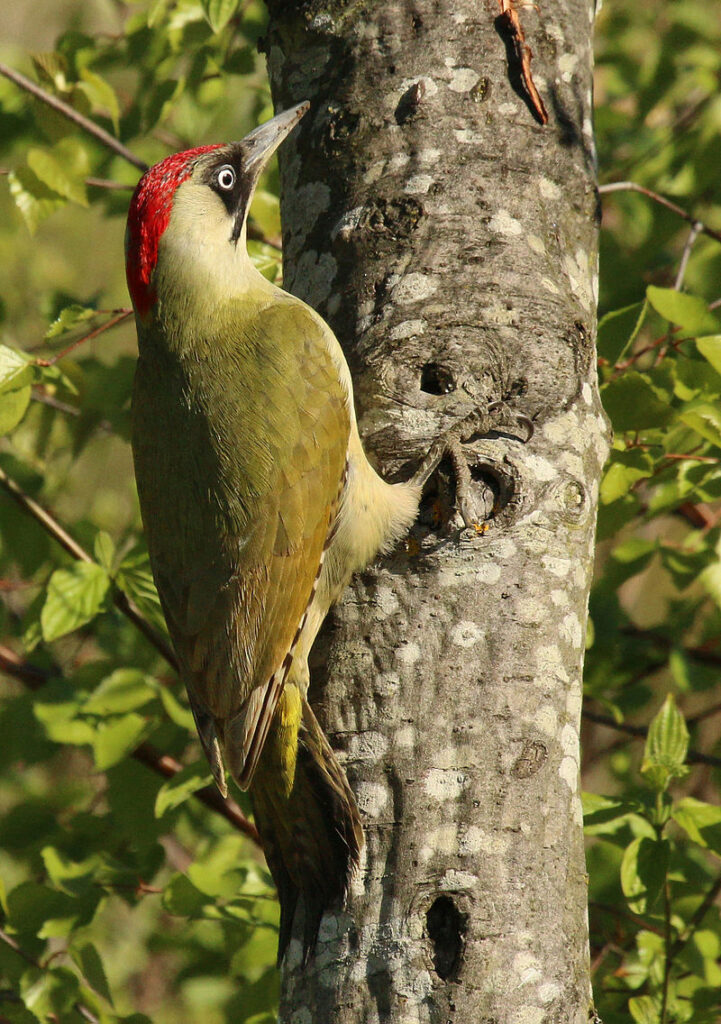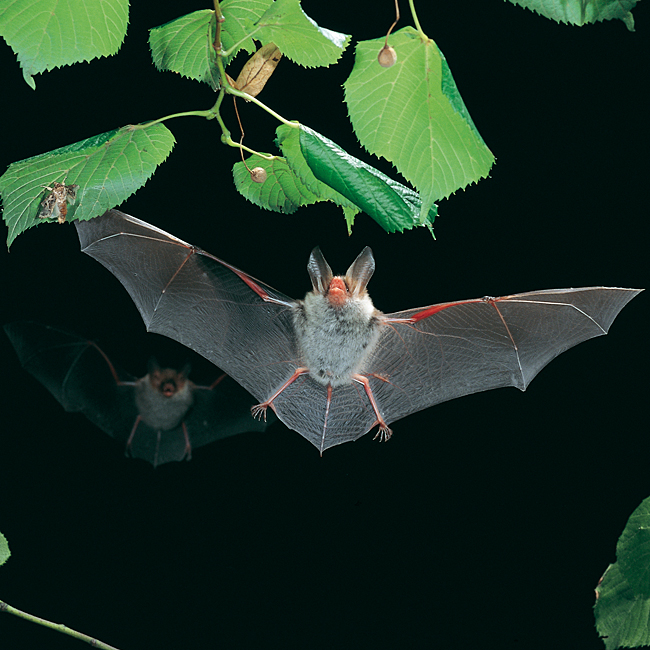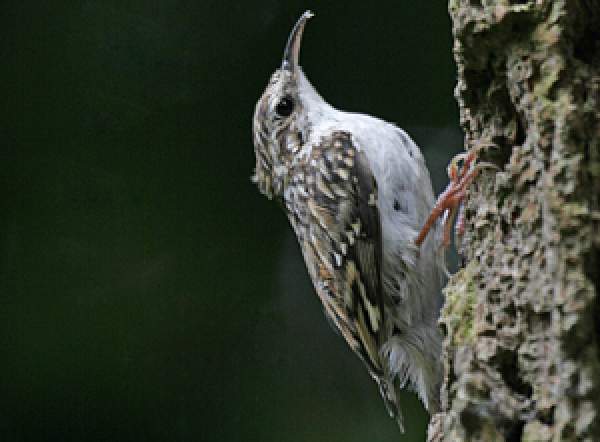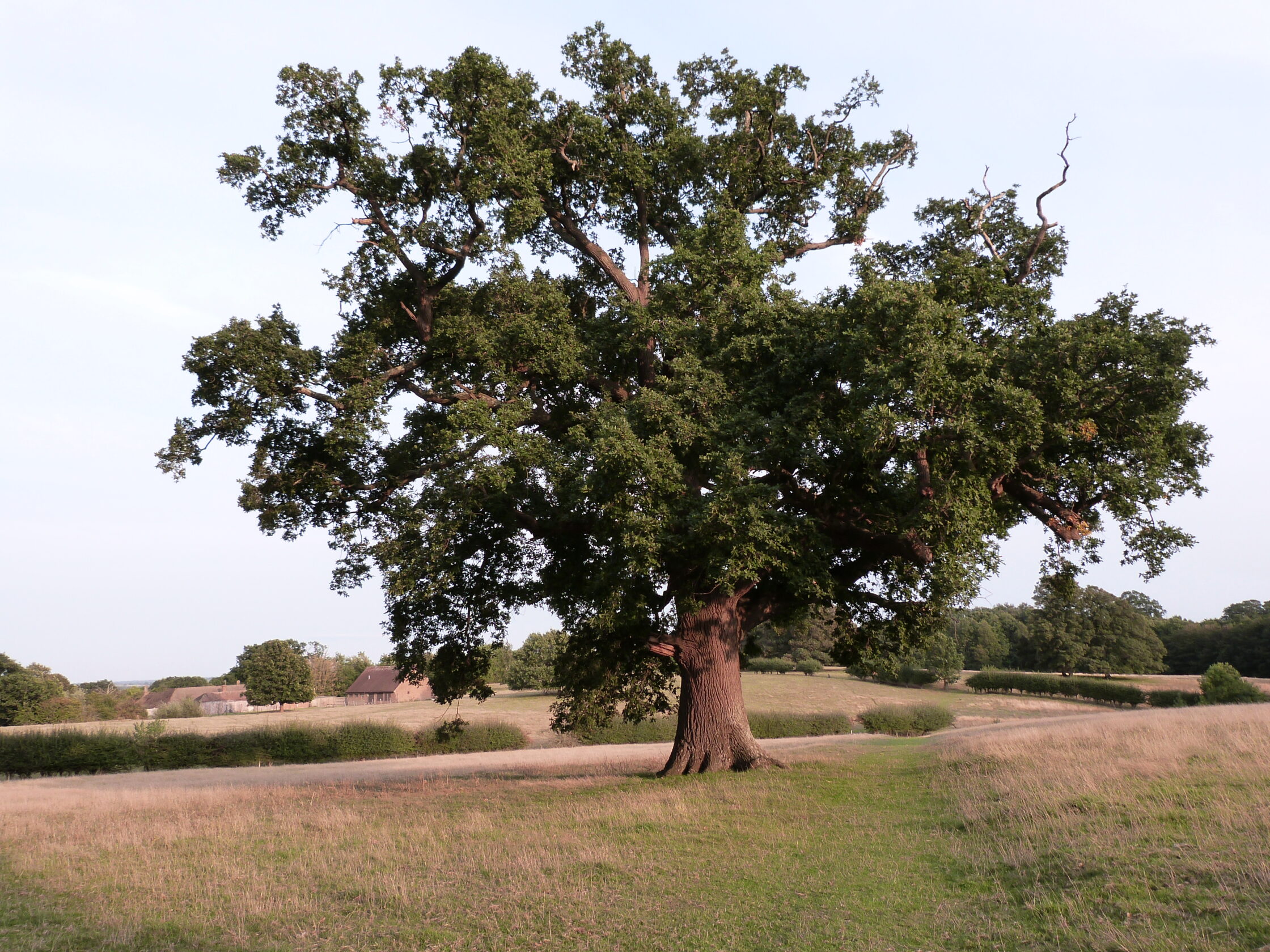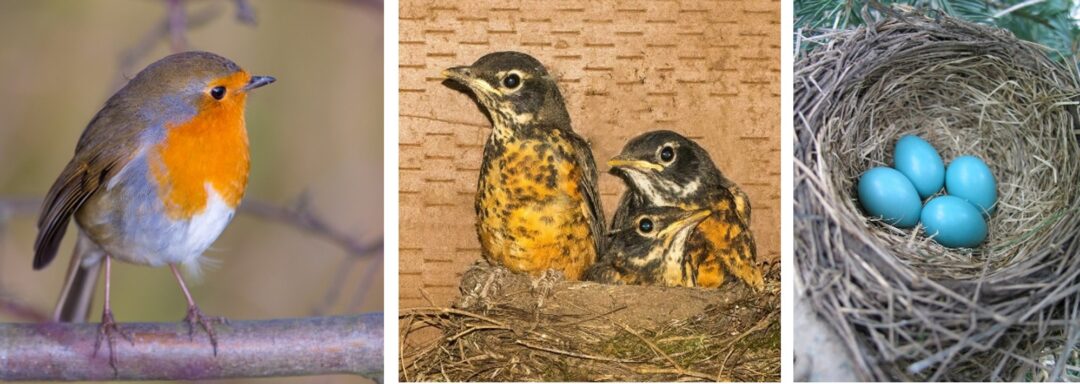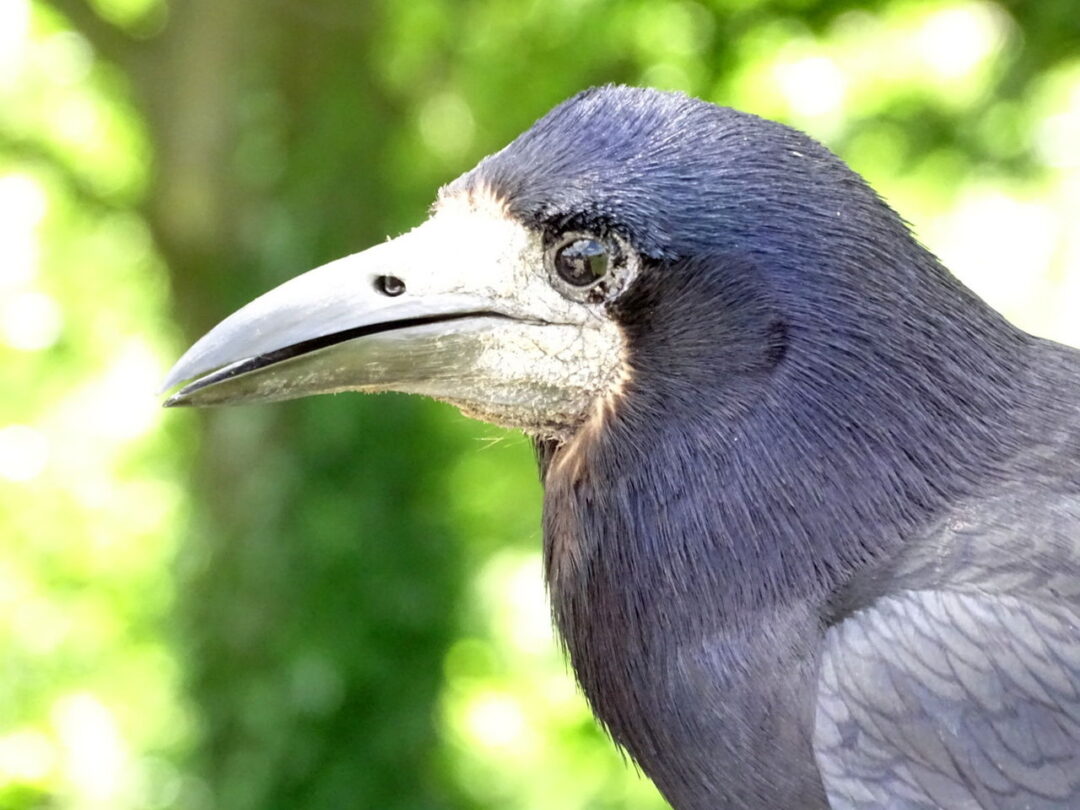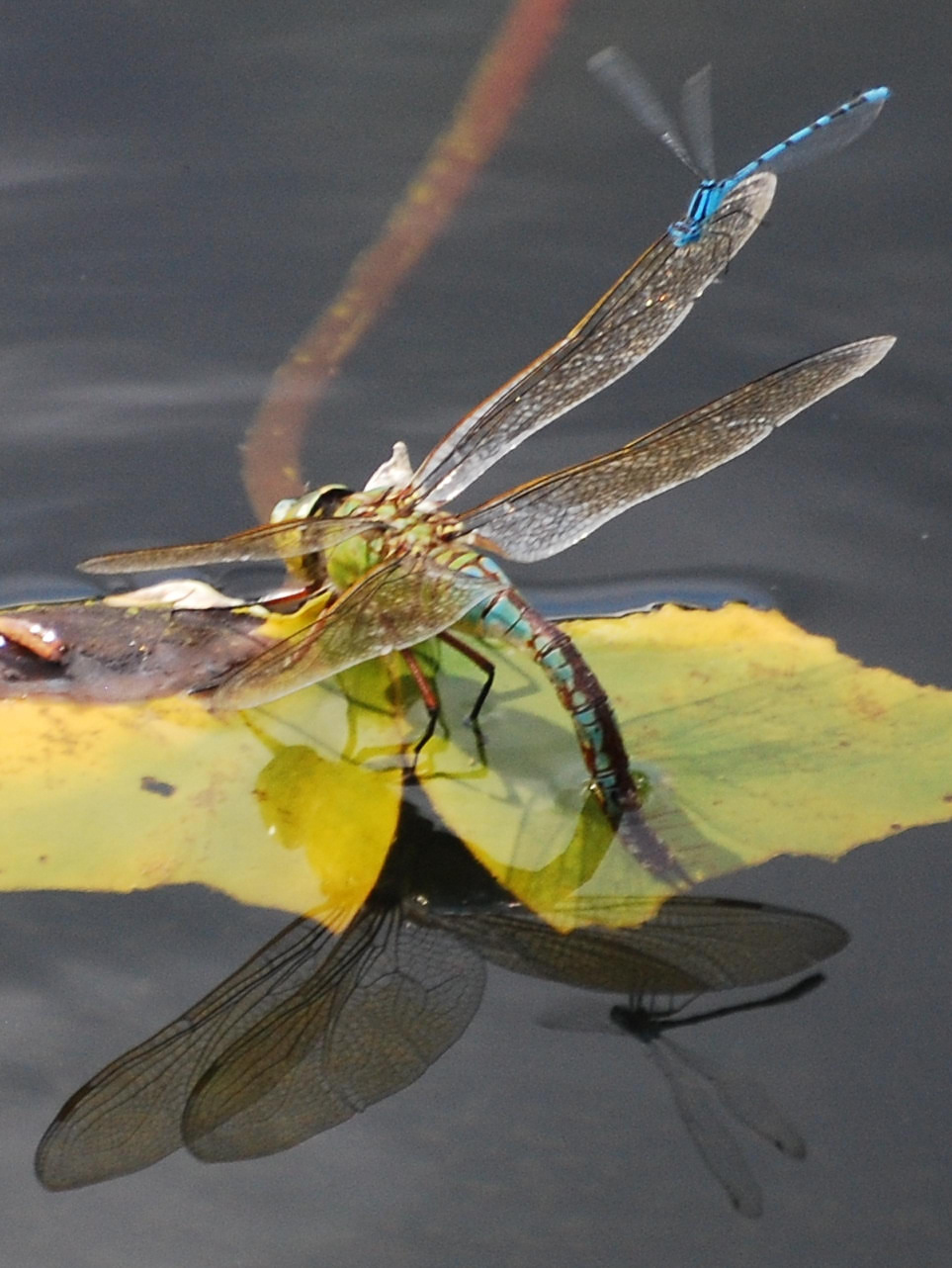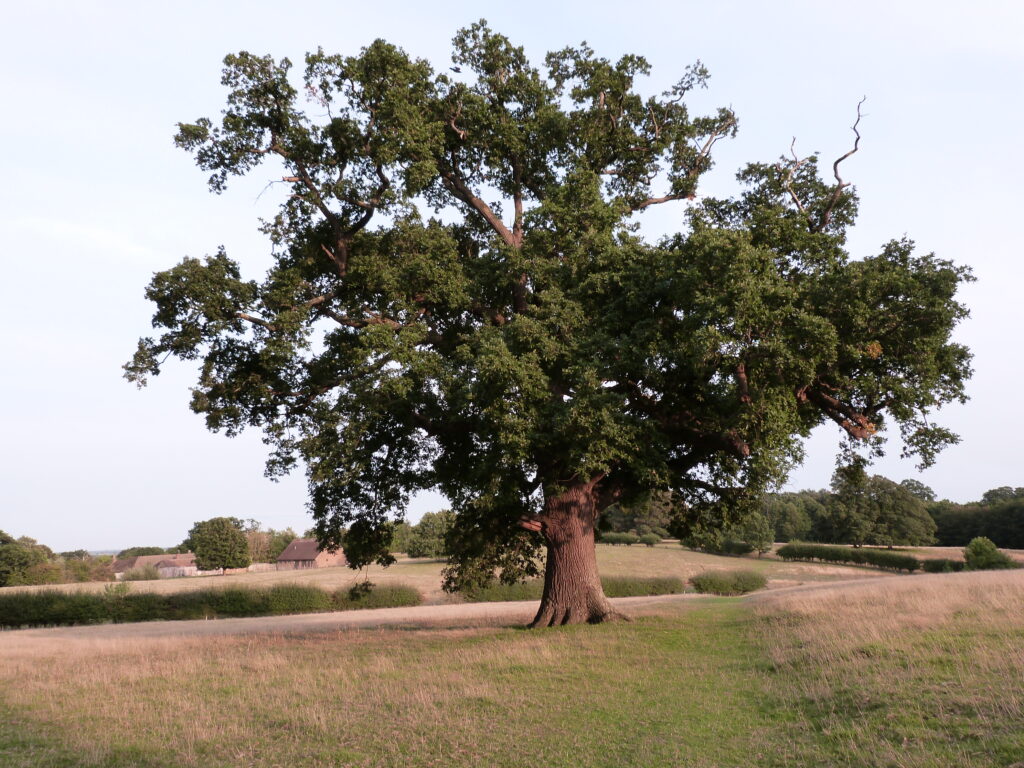
Oak – Quercus robur
When you are walking in the Weald, it is likely that you will pass an oak tree. During winter, its branches seem to reach towards the stars and cradle the moon at night. At dawn these oaks seem to be waiting to see what the sky estuary will bring. Some seem to be marching towards the sunrise whilst this one seems to be holding its branches to its crown. Looking at this oak, it is possible to understand why Tolkien invented Ents.
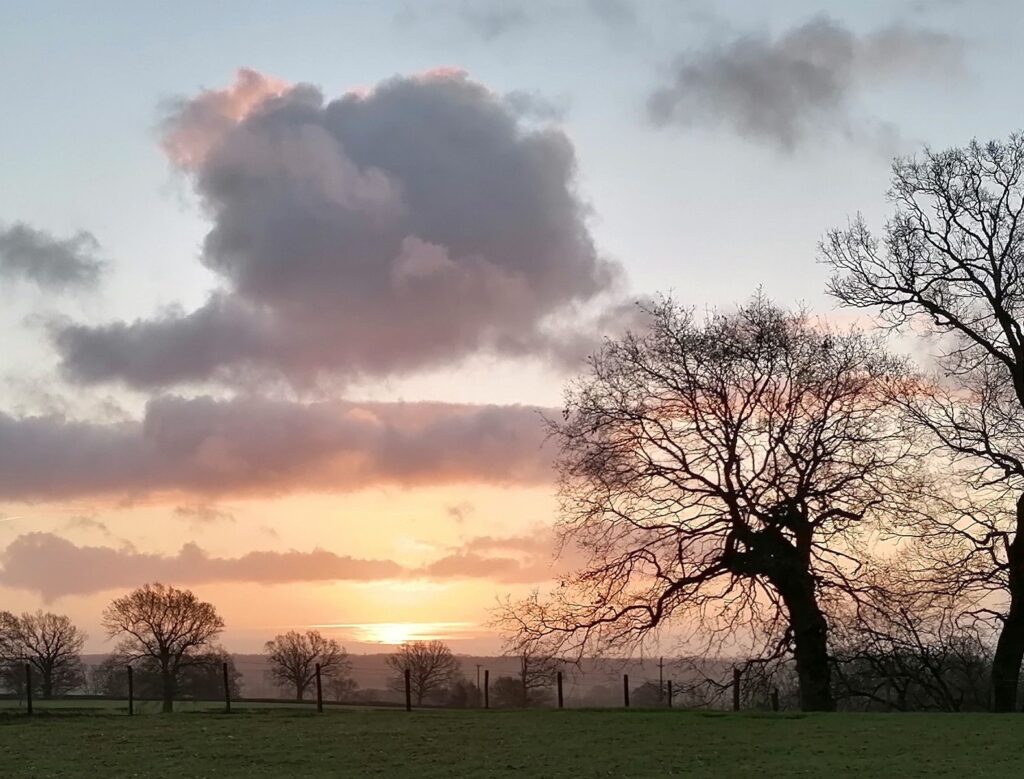
What’s in a name?
Quercus is the Latin for oak and robur means strong. Oak trees were common trees in prehistory and the Indo-European base of the word oak – deru – has become the modern English word, tree.
The word acorn, Ӕcern, in Old English has the same stem as acer – a field, suggesting that the acorn was ‘corn of the oak’. The acorn was a valuable crop, like the corn in the field.
Characteristics
The oak grows to twenty to forty metres tall and has a distinctive shape. It has a broad and spreading crown and when it is older it has antler like branches that stick out.
Its bark is silvery grey and becomes deeply fissured with age.
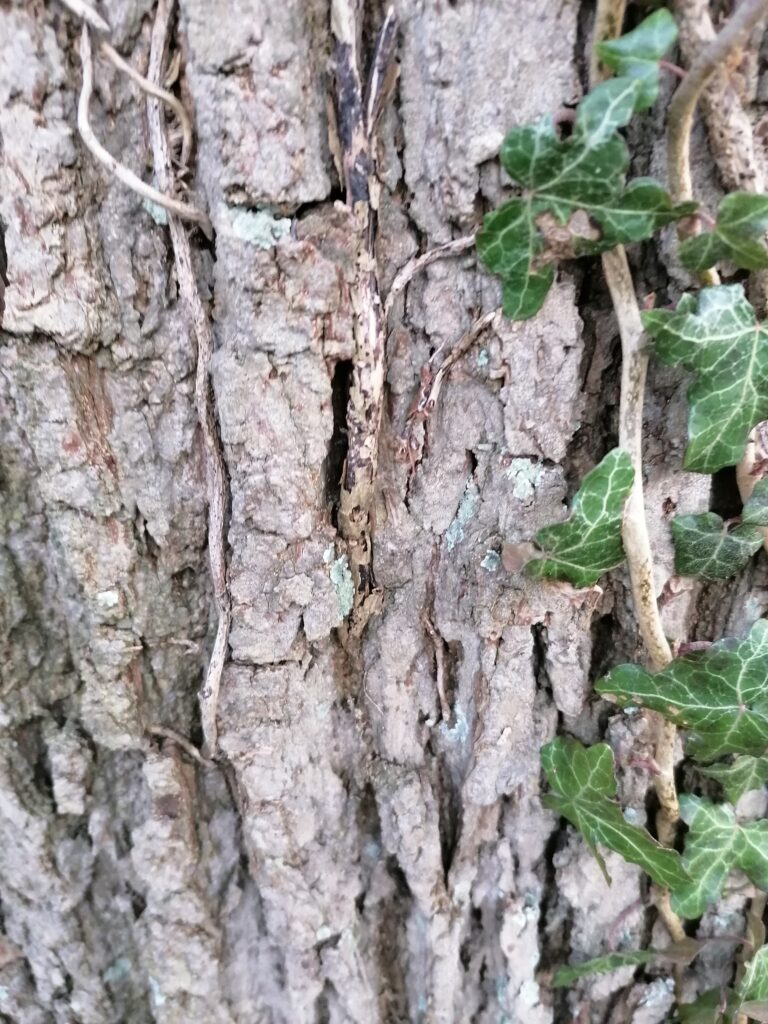
Oaks are monoecious as they have both male and female flowers in the same tree. The male flowers are catkin like, the female have three tiny reddish styles.
The leaves of the pedunculate oak (Quercus robur) have four or five lobes and almost no stems whereas the acorn grows on a stem that is 2 to 2.5 centimetres long. (The Quercus petraea, the sessile oak, has leaves that have longer stems and no stems on the acorns.)
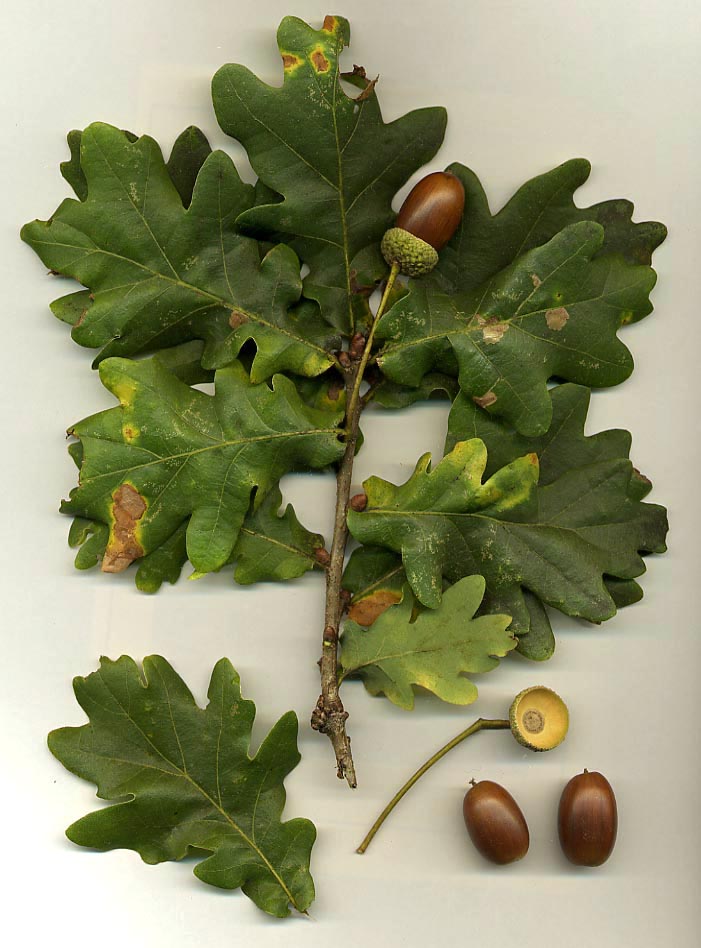
Overview
The oak has provided the means to feed us, to protect us and to house us. It is a tree that was sacred to the Druids. Ink made from oak galls was used to record history in manuscripts and church registers. Images of green men in churches are often surrounded by oak leaves. The oak has provided refuge for kings – Henry VI and Charles II. Oak was used in the tanning industry, to make charcoal to power the Industrial Revolution. Oaks were the ‘wooden walls’ of Britain in the Napoleonic era.
William Cowper called the oak tree ‘Lord of the woods, the long-surviving oak’.
Many poets have written about the oak tree and there are also some well known sayings about it. The oak plays a large part in our literature as it is part of our landscape, the heartwood.
Three centuries he grows, and three he stays
Supreme in state: and in three more decays.
John Dryden
Oak before ash, we’re in for a splash.
Ash before oak, we’re in for a soak.
Anonymous
From little acorns great oak trees grow.
Anonymous
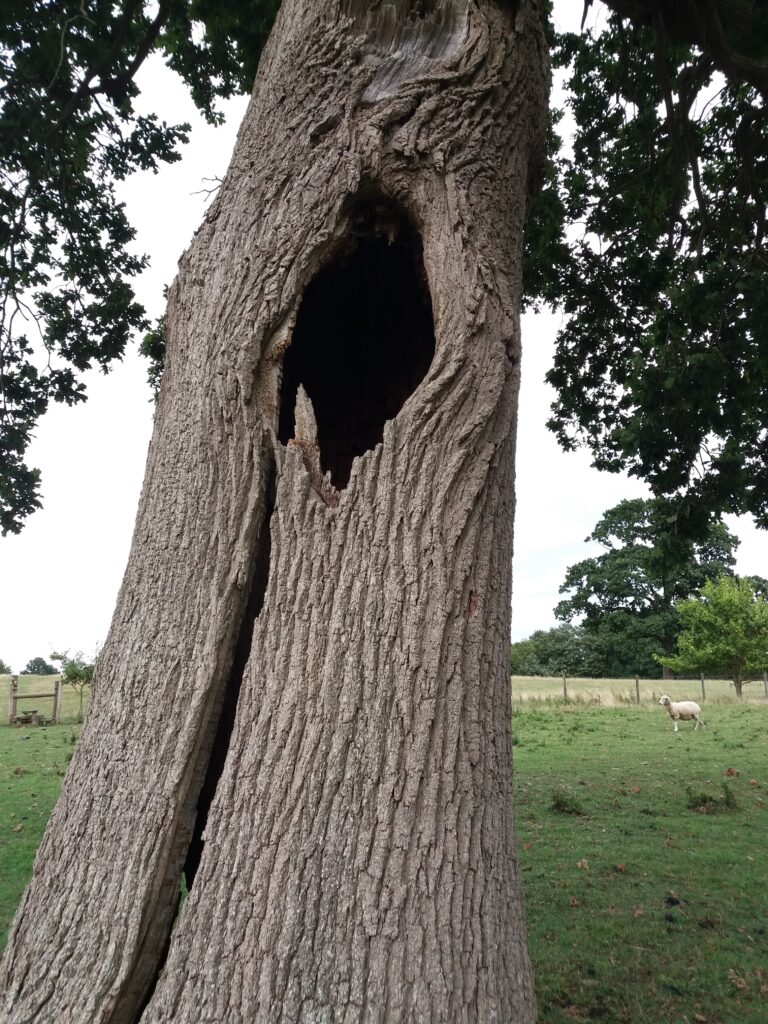
Amazing Facts
- The oak tree is host to over 2,300 other species and a champion of biodiversity.
- The oak tree is a very long-lived tree. It takes three hundred years to grow to maturity, has three hundred years of mid life and is three hundred years in decline. The Bowthorpe Oak in Lincolnshire is thought to be over a thousand years old.
- The Major Oak in Sherwood Forest weighs an estimated 23 tons and is also thought to be over a thousand years old.
- England is home to 115 ancient oaks, the highest number in Europe.
- A mature oak can contain a hundred tons of wood.
- As an oak ages it gets smaller to extend their life span.
- The oak tree can communicate with other trees.
The Wood Wide Web
Mycorrhizal fungi inter-twines with the roots of trees forming an underground network of roots. Their relationship is symbiotic – of benefit to both tree and fungi. The fungi extracts the carbon rich sugar that the trees produce when photosynthesising, and the oaks obtain nutrients that the fungi have processed as the fungi has enzymes that the oaks do not possess.
These fungi also connect trees with one another and it is known that trees support one another. Healthy trees can send nutrients to ailing trees. Warnings are given of danger – an aphid attack can lead to the release of chemicals that will warn other trees of danger and they will release bitter tannins into their leaves to repel the insects.
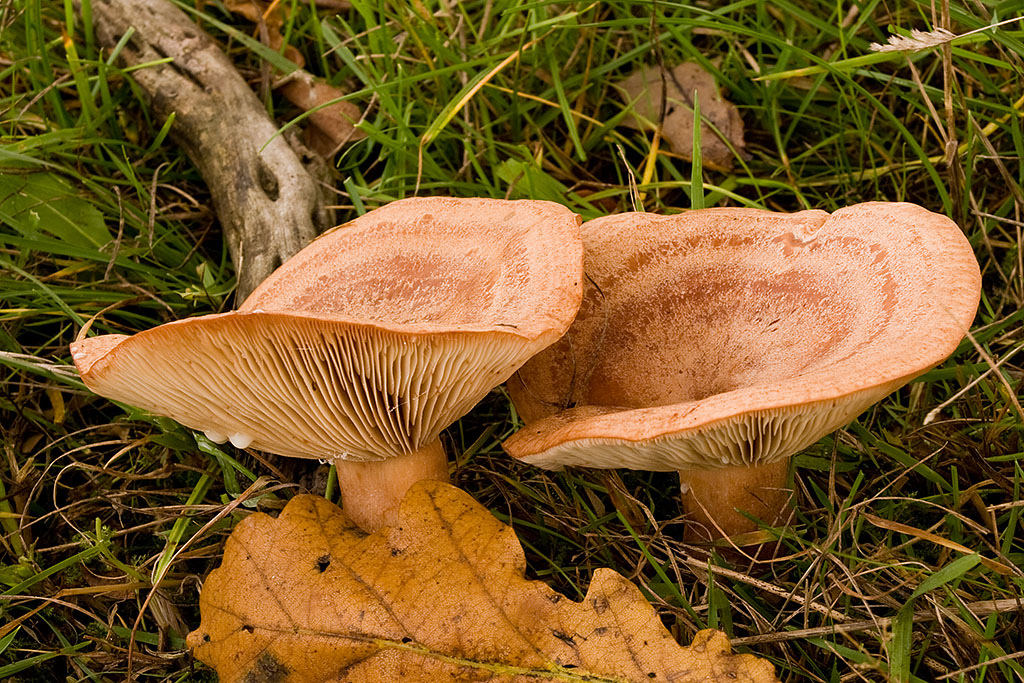
Eco-city?
In our Wealden countryside, you will probably see many oaks growing in fields or in hedgerows. You are most likely to see the pedunculate oak, Quercus robur. You can identify it by its short leaf stem. Its acorns are carried on a 2-8 cm long stem.
Every part of the oak is ecologically valuable. It supports more species than any other native tree – 2,300 – and that does not include the bacteria and micro-organisms.
Throughout the year its canopy houses native and migrant birds, the insects that the birds feed off, and the insects that feed off the oak, and the insects that are farmed on it.
The oak’s acorns are a rich source of food to mice, squirrels, wild ducks, voles, deer, badgers, wild boar, rooks and wood pigeons. Jays are particularly partial to acorns and store them as treasure for a later date – the ones they remember. The ones they forget grow into oak trees!
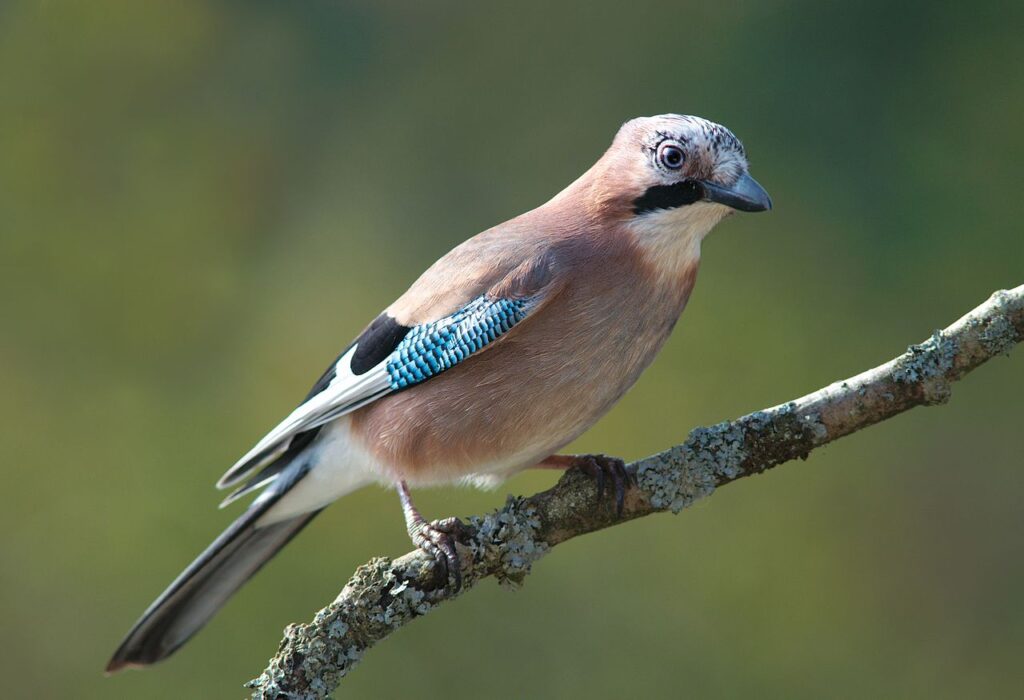
As the tree ages, its silvery grey bark grows rougher and develops deep cracks which provide a home for arthropods – the spiders, centipedes and ants. The cobweb beetle, named for its habit of stealing food from spiders’ webs, and the brown tree ant are some of the residents in the nooks and crannies of a mature tree.
Amongst the tree’s residents in Kent are: grey squirrels, green woodpeckers, treecreepers, the pied flycatcher, the mistle thrush, the goldcrest, pied flycatchers, pipistrelle bats – there might even be some Bechstein or Barbastelle bats, the purple emperor butterfly, the purple hairstreak butterfly and the dark-crimson underwing moth, the oak-mining bee.
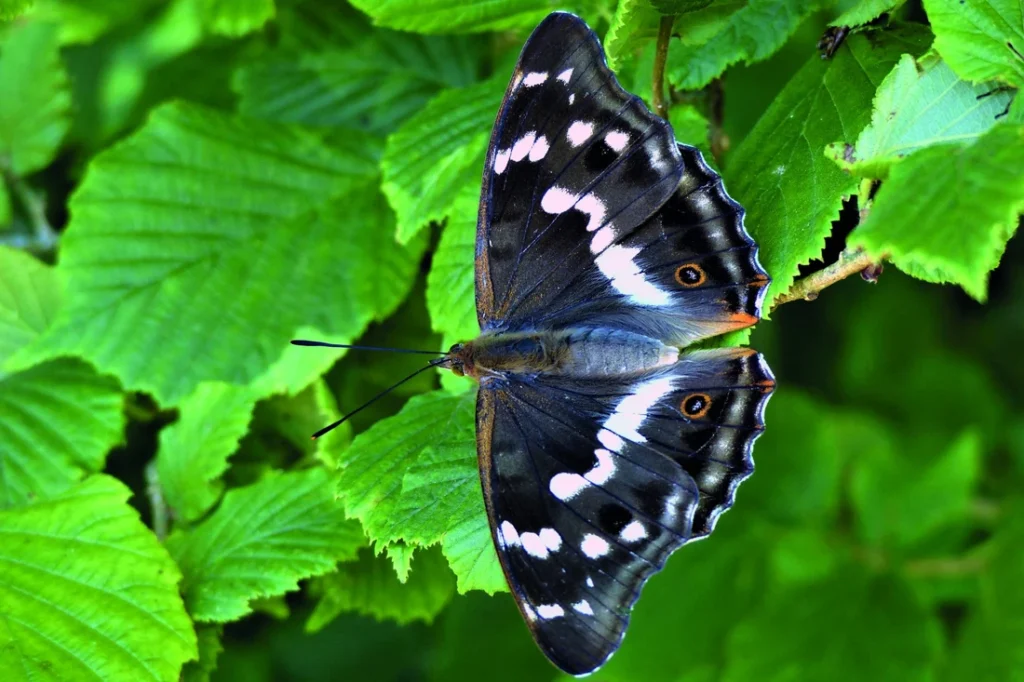
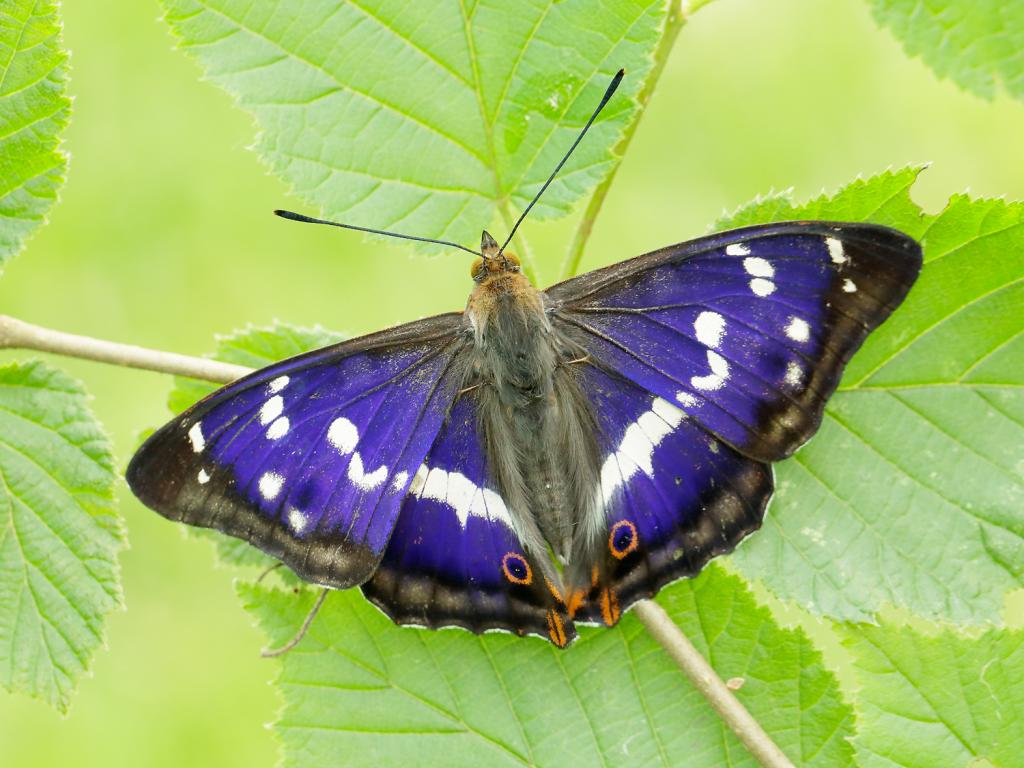
Fungi such as the oak bracket fungus and the beefsteak fungus grow on oaks.
There are 716 types of lichen which include oakmoss lichen.
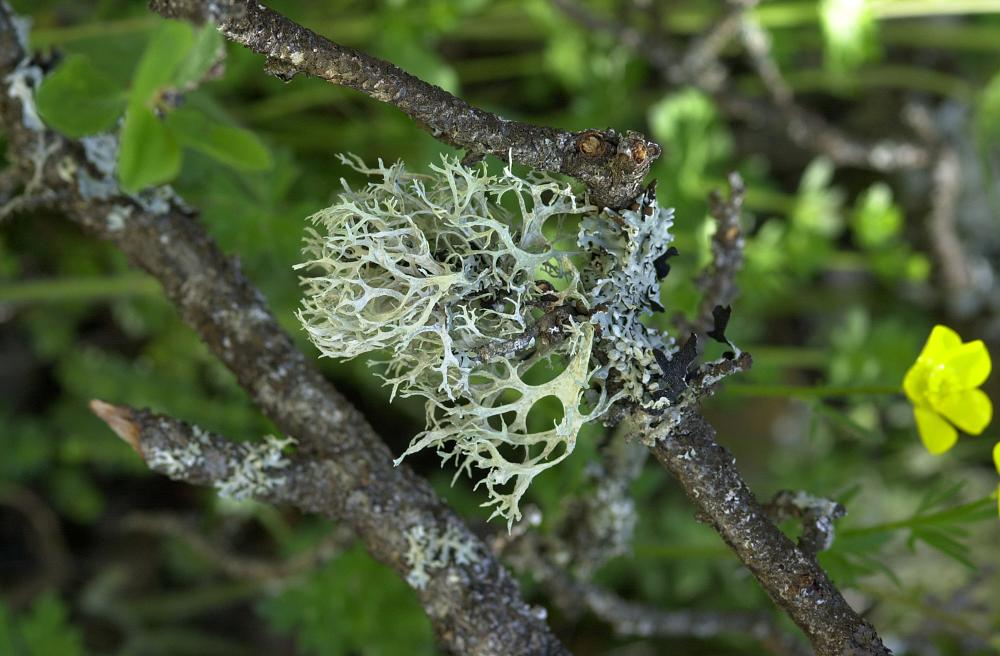
Liverworts and mosses also thrive. These include the dilated scalewort and fairy beads and cypress-leaved plait-moss.
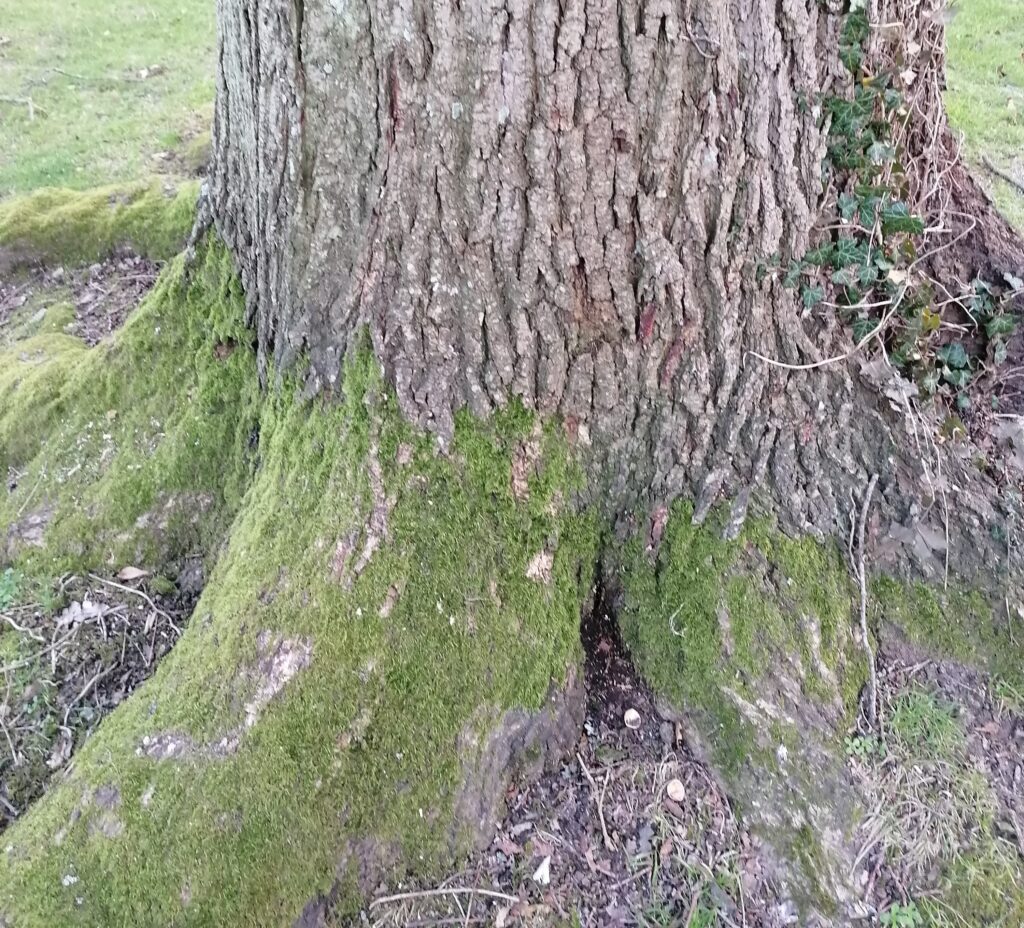
History
9,000 years ago oak began to grow in the United Kingdom. For nearly four thousand years the United Kingdom was more or less covered by mixed oak forests. By 500BC and as a consequence of Neolithic farming, half of England was cleared.
By the time the Celts, the Romans, and the Anglo-Saxons – who were great farmers – had lived on the land most of England as shown by the Domesday Book was not very wooded. Approximately half of the settlements that are recorded in Domesday possessed woodland. Pannage, fallen tree fruits – often acorns and beech nuts, was highly valued as it enabled households to fatten their hogs.
The Norman monarchs’ love of hunting deer led to the preserving of oak forests as these provided excellent conditions for hunting. Oak takes a long time to grow and can be crowded out so nibbling deer would keep the forest open and provide ideal conditions for oaks to grow.
Oak is a strong timber and the wood of choice for great buildings and ships. Oak in houses can outlast stone. Oak panelling in a house showed that you were rich.
The frames of the houses of poor people were made of elm or aspen.
In 1580 Queen Elizabeth I had one acre of Windsor Great Park – Cranbourne Walk – sown with acorns, the first recorded oak plantation.
Ships were built of oak. Smallhythe and Reading Street had easy access to oak which was used in ship building.
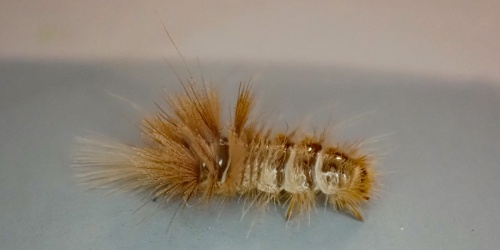
Activities
The art of noticing is an important skill to develop. One of the ways of noticing is through careful observation and study.
You might like to:
Make a rubbing of the bark and observe how deep the cracks are in the tree.
Draw an oak tree at different times of the year.
Choose your own oak tree to observe. You may be lucky enough to live close to an oak tree. Most of us will live within a short walk of one.
- What do you see in January? Make a record of this. Keep the oak’s diary for the year – this would be fascinating to do.
- You could make an oak calendar by observing what you noticed in each month.
- What do you notice about the old and decaying oaks and the deadwood?
- You might like to find out a little more about the pictured species.
